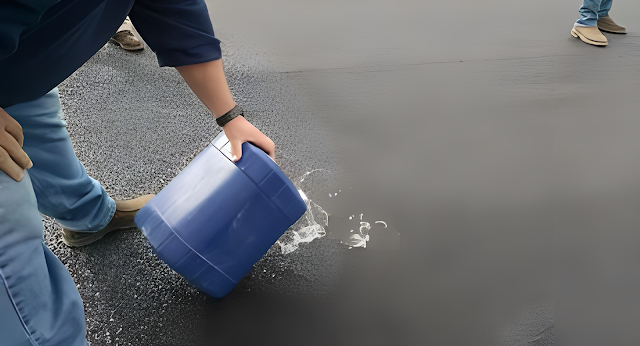Introduction
In a world where the climate crisis and environmental sustainability are increasingly important concerns, sustainable living has never been more pertinent. It's about inventing and implementing solutions that respect the health of the planet, its natural cycles, resources, and the intricacy of ecosystems. An interesting and innovative example of such a solution is pervious paving, a concept that’s fast gaining traction in the fields of architecture and home design, for reasons we're about to delve into.
Demystifying Pervious Paving
At the outset, pervious paving might sound complex, but it is a simple, ingenious solution that merges functionality with sustainability. It is a type of pavement that allows rainwater or other forms of precipitation to seep through it, and into the ground, mimicking natural soil absorption. This process efficiently mitigates runoff, prevents soil erosion, and replenishes groundwater naturally.
Central to the sustainability of pervious paving is the science behind it. The material used in pervious paving contains interconnected voids which allow water to infiltrate through at a high rate. This characteristic reduces the need artificial drainage systems, decreasing the strain on municipal stormwater drainage, and thereby, contributing to sustainable urban development.
Unique Qualities of Pervious Paving Materials
Pervious paving boasts numerous qualities that qualify them for diverse applications. Their most distinct trait is their permeability, offering effective water management while simultaneously being extremely durable. Unlike traditional paving, they resist wear and tear, owing to their high strength, enabling them to last a considerable time.
Examples of pervious paving materials include pervious concrete, porous asphalt and permeable interlocking concrete pavers, each having unique attributes. For instance, pervious concrete contains fewer fine particles, leading to relatively larger and interconnected pores that support rapid water movement. Porous asphalt, on the other hand, includes specialized asphalt binder and aggregates that give it a stable, porous structure. Permeable interlocking concrete pavers come equipped with spacers for voids to promote water permeability.
The Versatile Applications of Pervious Paving
One of the impressive aspects of pervious paving materials is their versatility. They are effectively applied to diverse situations from pavements, driveways, parking lots to the pool surrounds. Particularly in urban areas where surfaces are predominantly covered in impenetrable materials, pervious paving components can greatly aid in reducing stormwater runoff.
For instance, the award-winning San Francisco Better Streets Plan employed pervious concrete for sidewalk landscaping, completely transforming the look of the city while improving its water management. Similarly, Walmart, in Henderson, NC, constructed car parking with porous asphalt to efficiently manage stormwater at the site.
Benefits of Choosing Pervious Paving
Beyond the practical advantages such as improved water management, longevity and low maintenance, pervious paving offers compelling environmental benefits. By reducing stormwater runoff, they prevent localised flooding and soil erosion, and maintain the integrity of local water bodies by eliminating pollutants. Also, groundwater recharge is promoted, improving the availability of water resources.
Implementing Pervious Paving in Your Home
Choosing the right pervious paving material for your home depends on your unique needs and circumstances. Consider factors such as regional weather, soil type, and expected traffic. Extensive professional help is available, but you can also opt for ‘DIY’ options such as permeable pavers. When it comes to installation and maintenance, proper ground preparation, correct installation and occasional cleaning to prevent clog ensure best results.
The Future of Pervious Paving
Pervious paving technology has come a long way and continues to innovate. For instance, researchers from the University of California, Davis are developing new pervious pavements that can cool down cities by reflecting more sunlight. Observing the potential, there's no doubt that we'll see wider acceptance and more interesting developments in this eco-friendly alternative paving in the near future.
Conclusion
In a nutshell, pervious pavement holds the key to a world of sustainable living and responsible construction. With its unique qualities and versatility, this invention presents an effective solution to combat water-related challenges while offering a durable, low-maintenance option for all. It’s time to embrace this highly sustainable and versatile paving solution and make our homes, and our world, a much better place.

Comments
Post a Comment